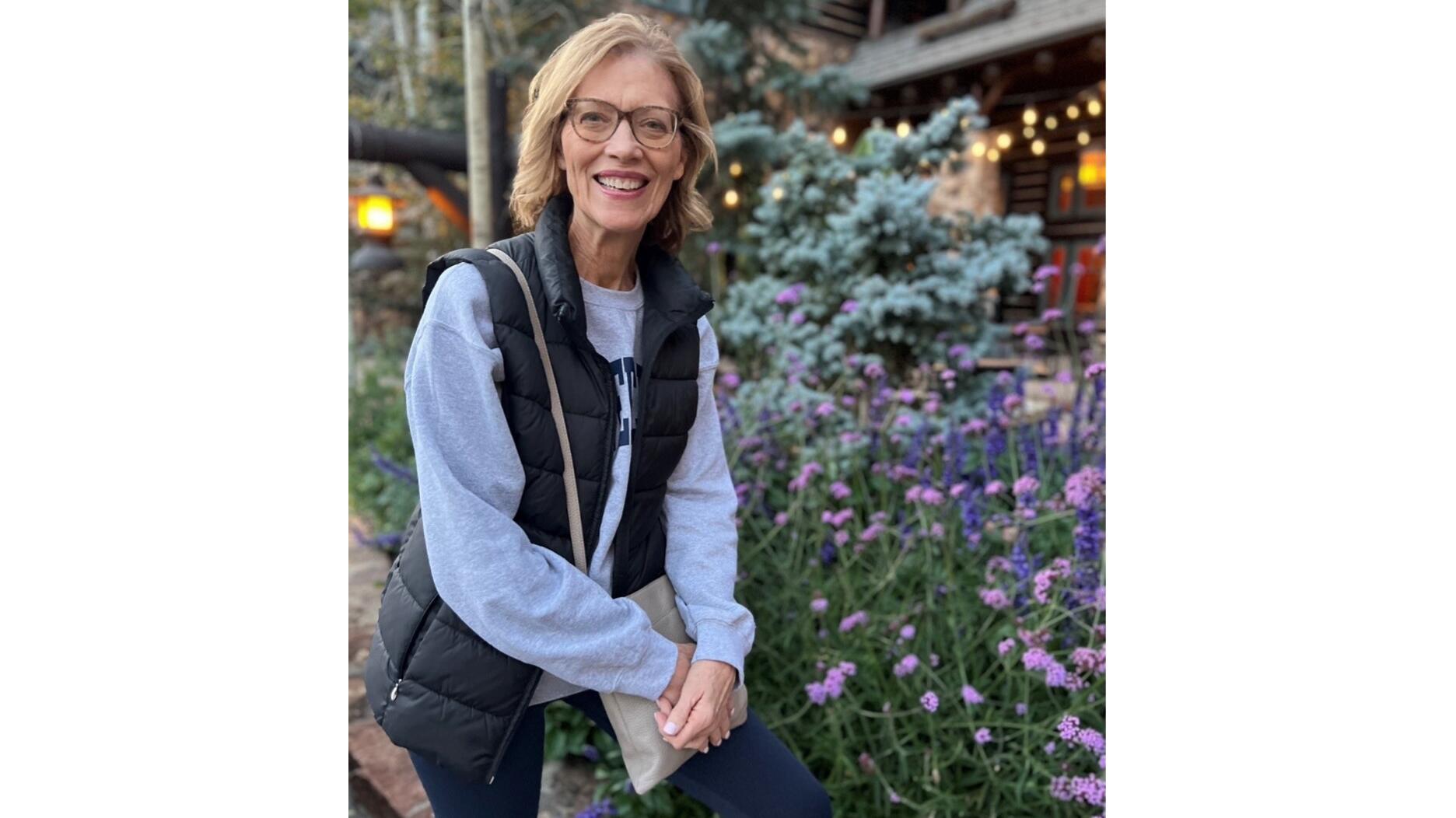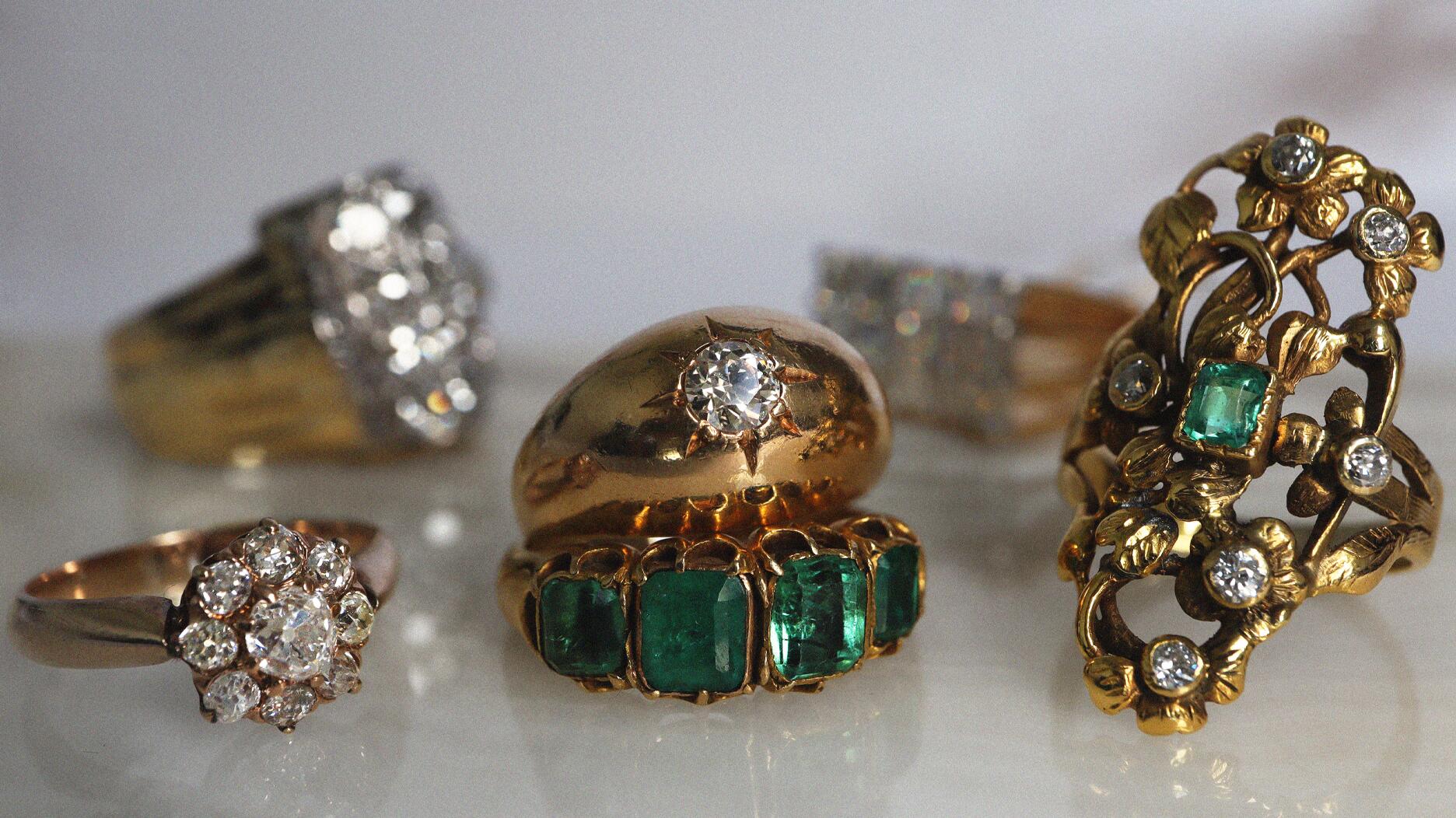Executive Chairman Richard Baker will take over the role as rumors swirl that a bankruptcy filing is imminent for the troubled retailer.
From AGTA GemFair: How to Sell Color
In an education session held Friday, AGTA CEO Doug Hucker told jewelers how they can talk about colored stones in a way that will make consumers comfortable with buying them.
Tucson, Ariz.--Since colored stones present a opportunity for growth in sales and profits, it’s important for jewelers to have a plan for selling color, AGTA CEO Doug Hucker said Friday during an education seminar at GemFair in Tucson.
Selling color is different from selling diamonds, which have a very specific set of values--the four Cs--that help validate their price, he said. Colored stones tend to be a bit more emotional and personal for a customer and also is an area where consumers have gained knowledge in recent years.
“Color in itself is something that’s driving our business, but that’s not just about gemstones,” he said, noting that consumer products in general are all about color and fashion magazines also are giving consumers color clues.
And when it comes to actually purchasing gemstone jewelry, “Consumers will buy from a person that can answer their questions most effectively,” he said.
In his session, Hucker separated the big three--emeralds, sapphires and rubies--from the rest of the colored stones on the market, as those three need to be approached in a different manner. They are classic stones that are held in a high respect, have their place in history and, therefore, have a very different pricing structure.
Because they will cost more than other stones of the same colors--for example, consider the price difference between blue sapphire, tanzanite and iolite--retailers likely will have to explain why the prices are higher.
Hucker suggested doing so by using the same four Cs that are used to sell diamonds. This will make consumers more confident in their purchasing decision because they are familiar with that system.
Clarity will help clarify if it’s a natural stone, Hucker said. Cut will take into account a consumer’s style preference and carat weight will help to explain the price, making the consumer comfortable with what they are paying and also helping them to understand the pricing structure.
But, the most important C for the big three is color. This is the overall determinate, Hucker said. Any overtones or modifying colors will affect the price, as will the color’s purity and saturation.
Outside of the big three, it really just comes down to what the client likes.
When consumers might know less about the gemstones, it is important for the retailer to help them understand what’s available and to generate the excitement that will create a connection and lead them to buy.
Hucker suggests having a 15- to 20-second
This also, of course, means that retailers need to make sure that education is a part of their plan.
If a store employee can’t comfortably talk about a colored gemstone, then the consumer won’t feel comfortable buying it, Hucker said.
The Latest

Shekhar Shah of Real Gems Inc. will serve as president of the Indian Diamond & Colorstone Association in 2026.

This year’s good luck charm features the mythical horse Pegasus, and is our first Piece of the Week of the new year.

How Jewelers of America’s 20 Under 40 are leading to ensure a brighter future for the jewelry industry.

Articles about crime, engagement rings, and a necklace worn in the World Series generated the most interest among readers.


As part of the leadership transition, Sherry Smith will take on the role of vice president of coaching strategy and development.

It marks the third time the country has headed the Kimberley Process. Ghana will serve as vice chair.

Roseco’s 704-page catalog showcases new lab-grown diamonds, findings, tools & more—available in print or interactive digital editions.

The new Bulova x Stetson designs highlight two animals often associated with the American West—the bison and the Texas Longhorn.

Its residency at Yamron Jewelers will run through May 2026.

From influential executives to innovative designers, we pay tribute to the people we said goodbye to this year.

The retailer is expanding into areas with large Indian and South Asian populations.

The Italian brand has opened its first flagship amid the peaks of the Dolomites in Madonna di Campiglio, Italy.

The new curation at the Natural History Museum of Los Angeles County showcases rare gem and mineral specimens in their uncut, natural state.

The couple pleaded guilty to concealing at least $127 million in cash transactions at its precious metals businesses.

Consumers shared concerns about prices, inflation, tariffs, trade, and politics in the survey’s write-in response section.

In February 2026, the auction house will move its headquarters to the former Steinway Hall, a neoclassical landmark on Billionaires’ Row.

The former BHP Billiton leader and Gemfields chairman is remembered for his influential leadership throughout his 50-year mining career.

The LVMH-owned brand has partnered with the costume design union to revamp its award for 2026.

The luxury titan inked a deal to acquire an initial minority stake in the jewelry manufacturer with a pathway to full ownership by 2032.

The company’s curation of unsigned vintage and estate jewelry debuted at the Bloomingdale’s in Costa Mesa, California.

In the recent multi-shipment seizure, CBP also found counterfeit Audemars Piguet, Moncler, and Chrome Hearts items.

Helzberg’s Chief Retail Officer Mitch Maggart shared details about its tests of a new store concept rooted in an elevated luxury experience.

Jewelers of America execs and National Jeweler editors discuss tariffs, the sky-high gold price, and the engagement that broke the internet.

The luxury goods company said founder Ippolita Rostagno will remain at the brand’s helm.

Laura Burdese, who joined the Italian luxury brand in 2022, will take on the role in July.

The National Jeweler editors revisit the most noteworthy industry happenings and design trends from 2025.

























